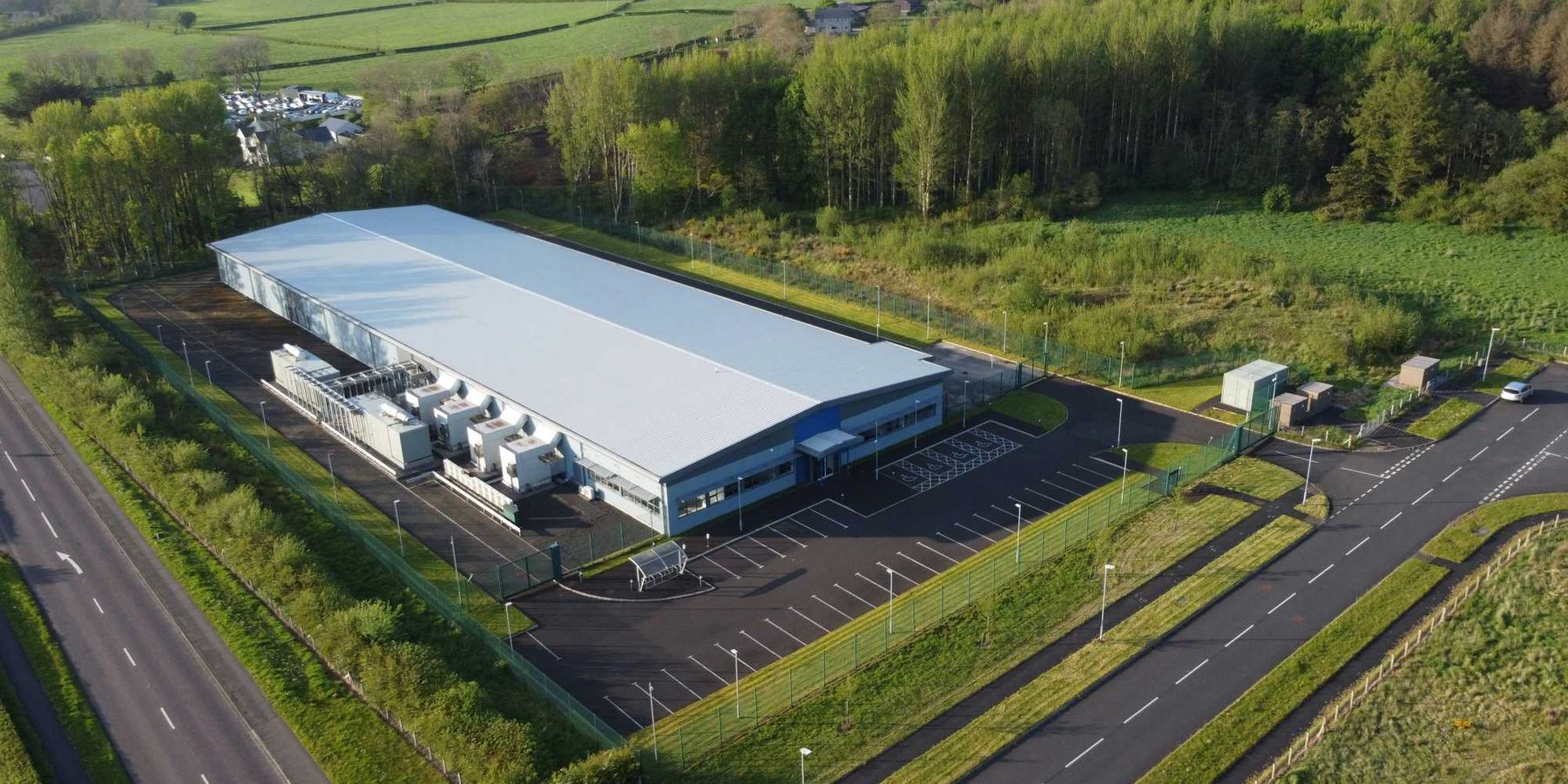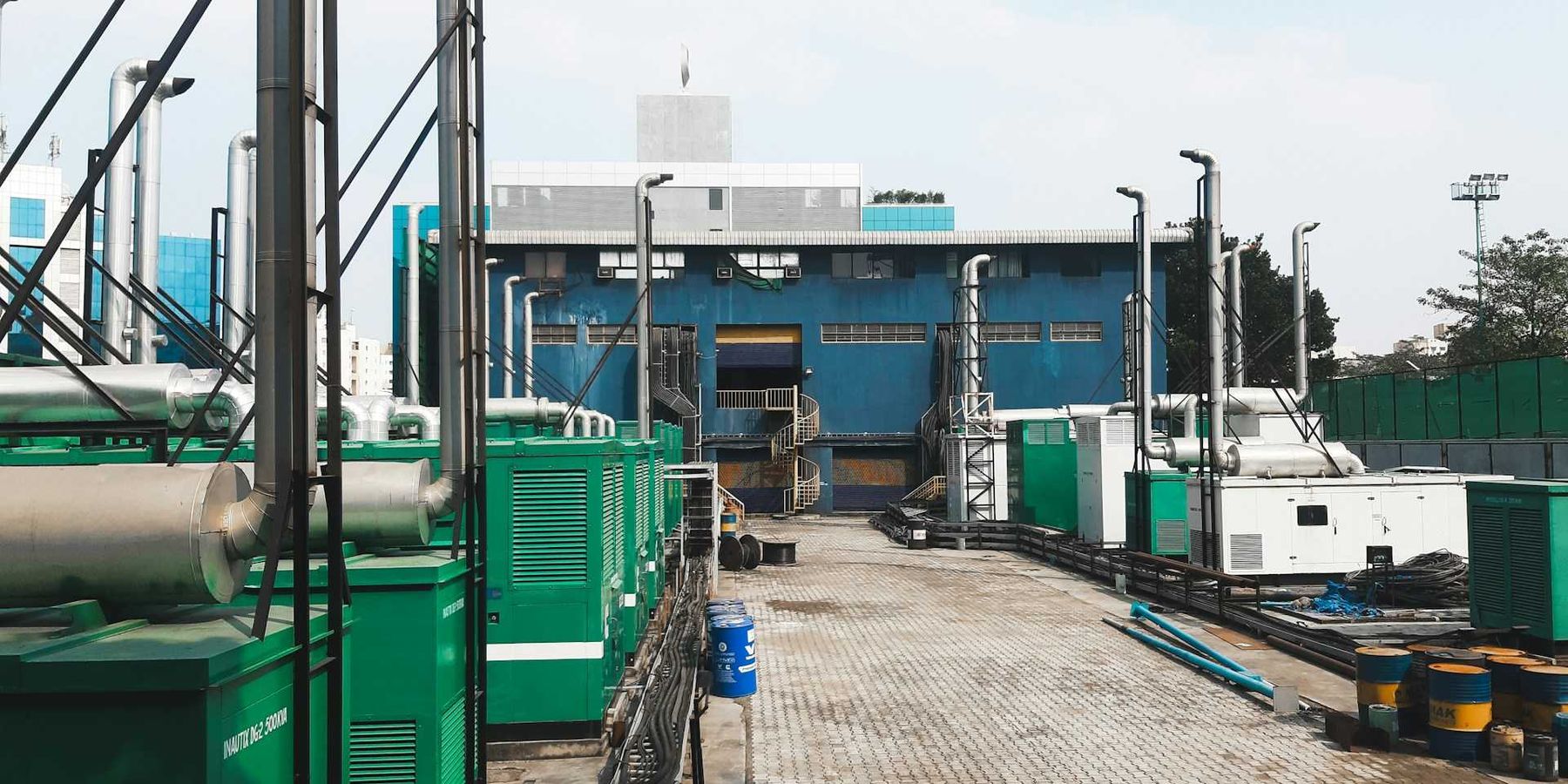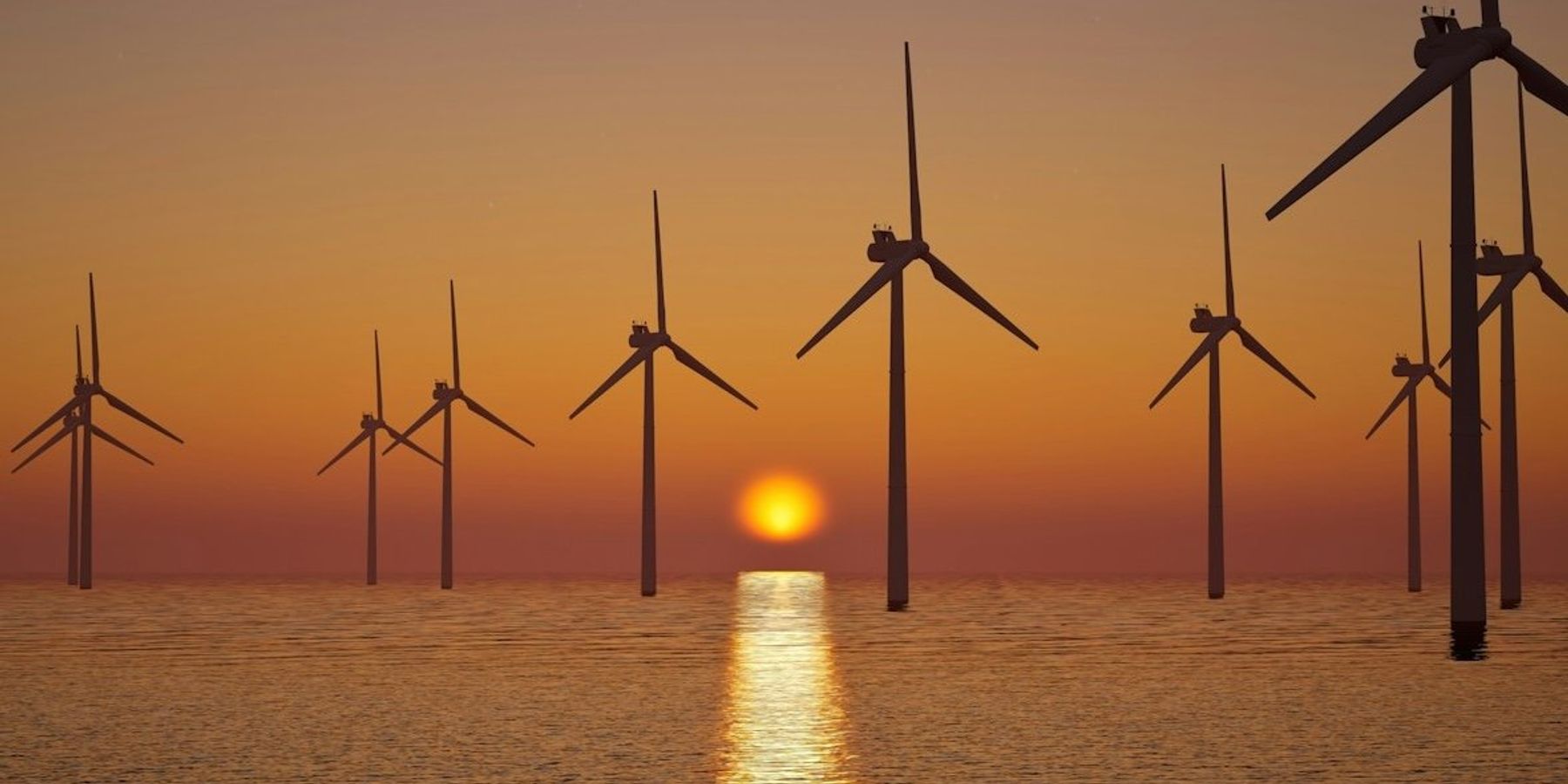New Mexico groups call for state to block oil and gas near schools
Environmental groups have called on Gov. Michelle Lujan Grisham to expand a buffer zone to prevent oil wells within a mile of schools in New Mexico, writes Adrian Hedden in the Carlsbad Current-Argus.
In a nutshell:
According to a report by the Center for Biological Diversity, over 34,000 students attend schools within a mile of oil wells, while 24,000 are within a half mile, exposing them to harmful emissions. Environmental groups are urging Governor Michelle Lujan Grisham to implement a ban on new oil wells within a mile of schools and phase out existing wells within a designated health buffer zone. Although existing regulations and emission control requirements are in place, advocates emphasize the need for more protective measures, such as establishing a statewide buffer zone around schools.
Key quote:
“Many schools in the southeast and northwest corners of the state are enclosed by dozens and even hundreds of oil and gas wells, endangering the health of all those who attend and work at these schools, especially young people who are more vulnerable to pollution,” a letter to Gov. Lujan Grisham stated.
The big picture:
Living, working, or attending school in close proximity to oil wells can have serious health implications. Exposure to emissions from these facilities, including volatile organic compounds and other pollutants, has been linked to an array of health issues. These may range from respiratory problems such as asthma and chronic obstructive pulmonary disease to more severe conditions like cancer and developmental disorders, particularly concerning for children whose bodies are still developing.
Read the article at the Carlsbad Current-Argus.
Huanjia Zhang reported that people living within 2.5 miles of oil and gas wells in California are exposed to levels of air pollutants linked to asthma, cancer, cardiovascular diseases, preterm birth, and other long-term health defects.
Hilary Beaumont reported that California will soon have the largest oil drilling setbacks in the U.S. Experts say other states can learn from this move.













